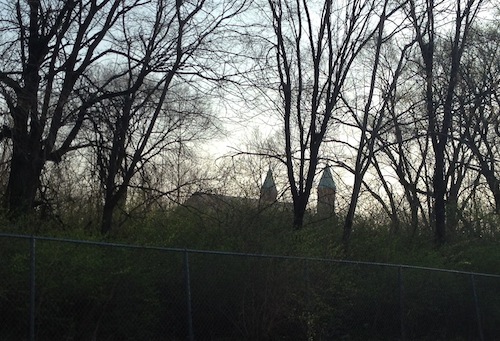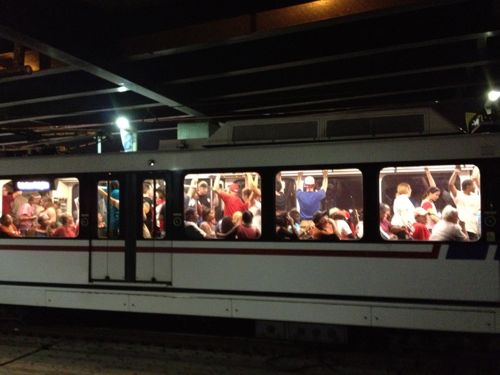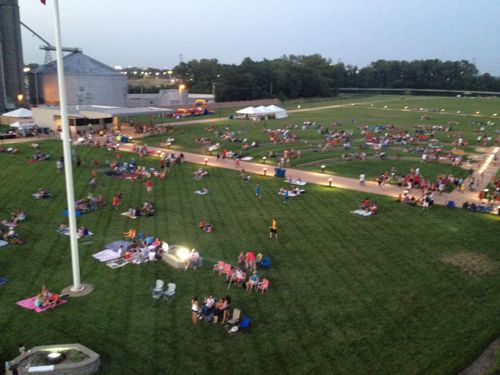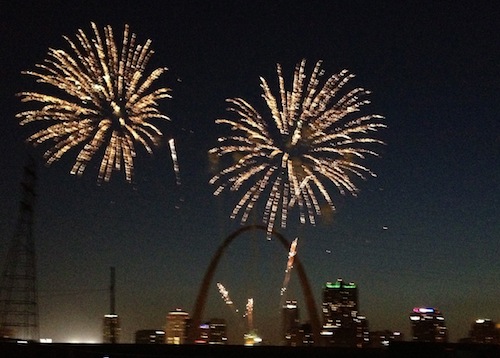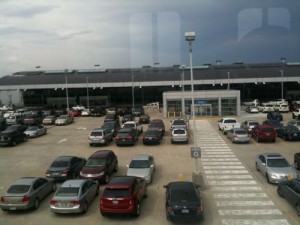Chippewa Sidewalk Still Not Passable Nearly Six Months Later
Since I sold my car in April I’ve made two shopping trips to Target on the #11 (Chippewa) MetroBus. In June I spotted sidewalk construction between the bus stop and Hampton, the driver let me off on the west side of Hampton so I wouldn’t be stuck.
In July it looked like the sidewalk was fixed, but it wasn’t.
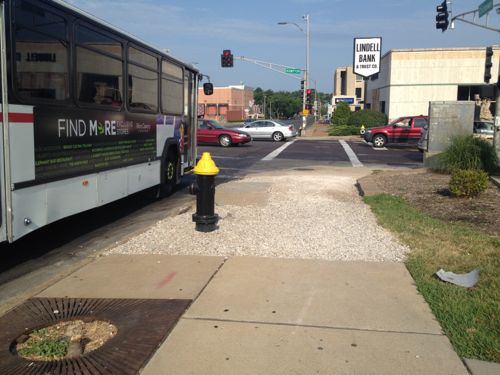
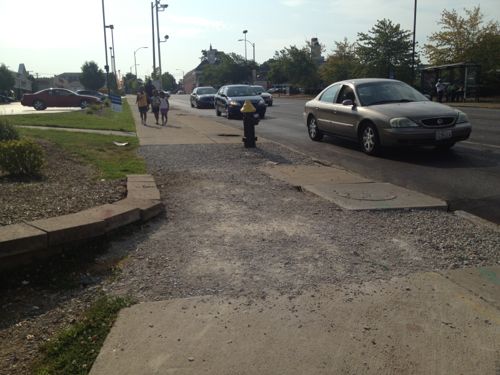
This was due to a water main break:
The break happened on Tuesday morning in the Northhampton neighborhood. A thin layer of water is covering roadways near the intersection and there is a fear that the water will freeze causing a slick and potentially dangerous situation. (KMOV)
Freeze? Yes, the water main break happened on January 24, 2012! Did someone forget about the sidewalk?
— Steve Patterson
